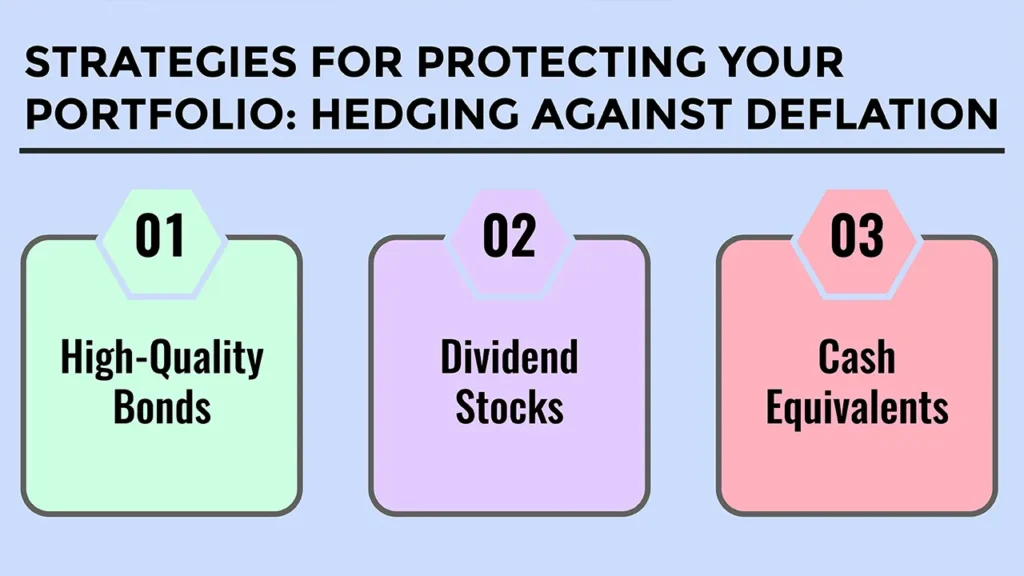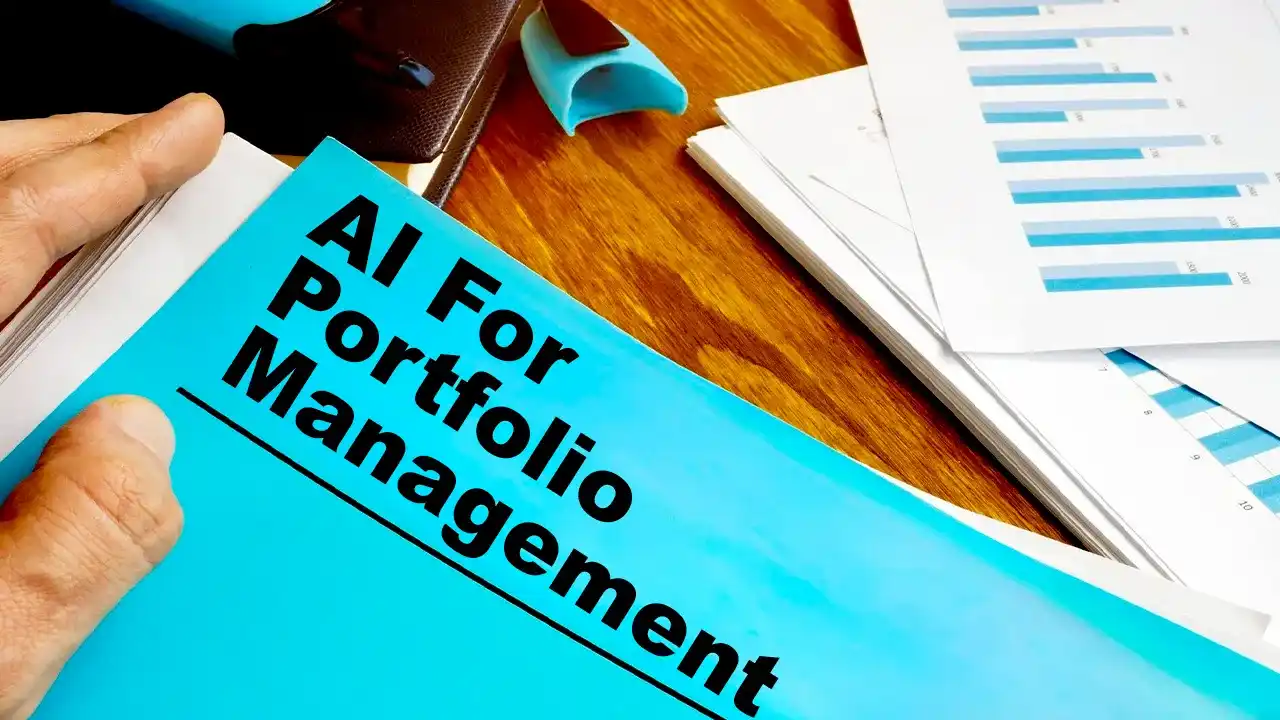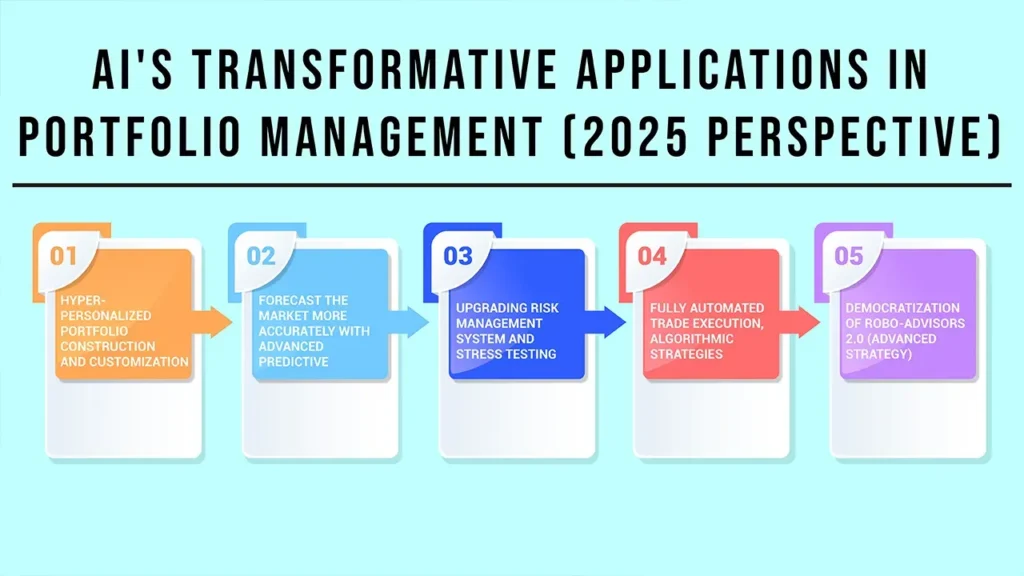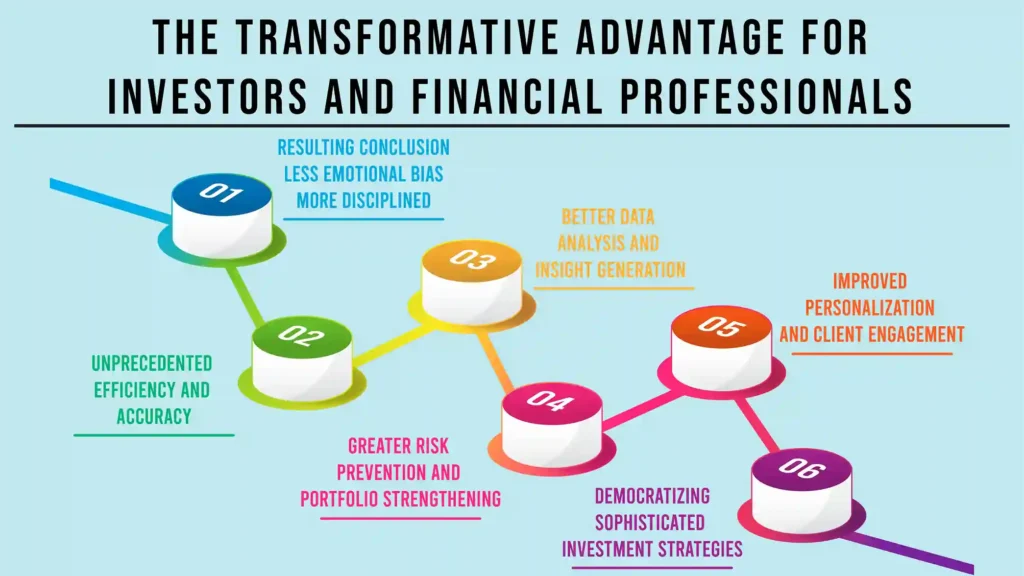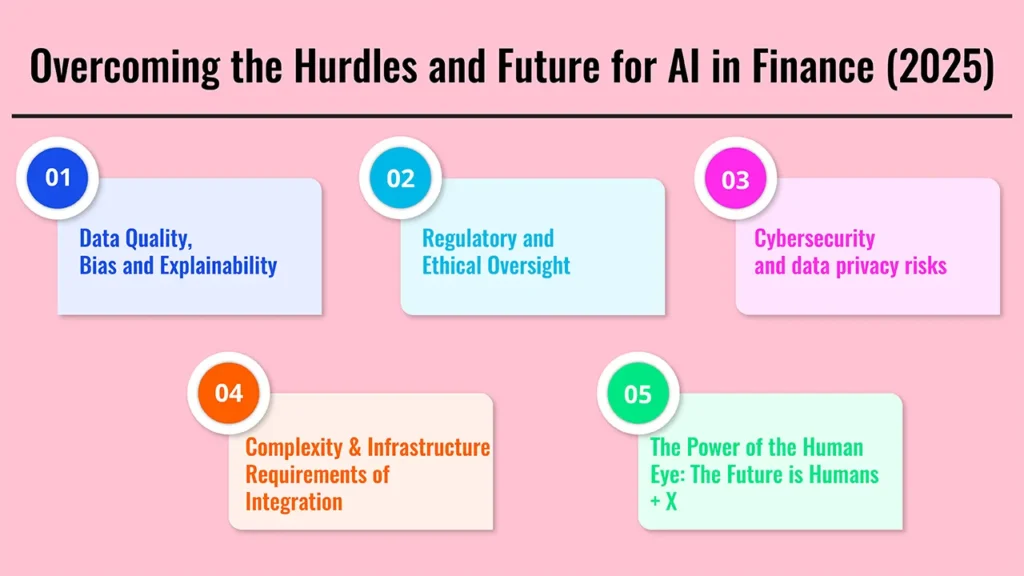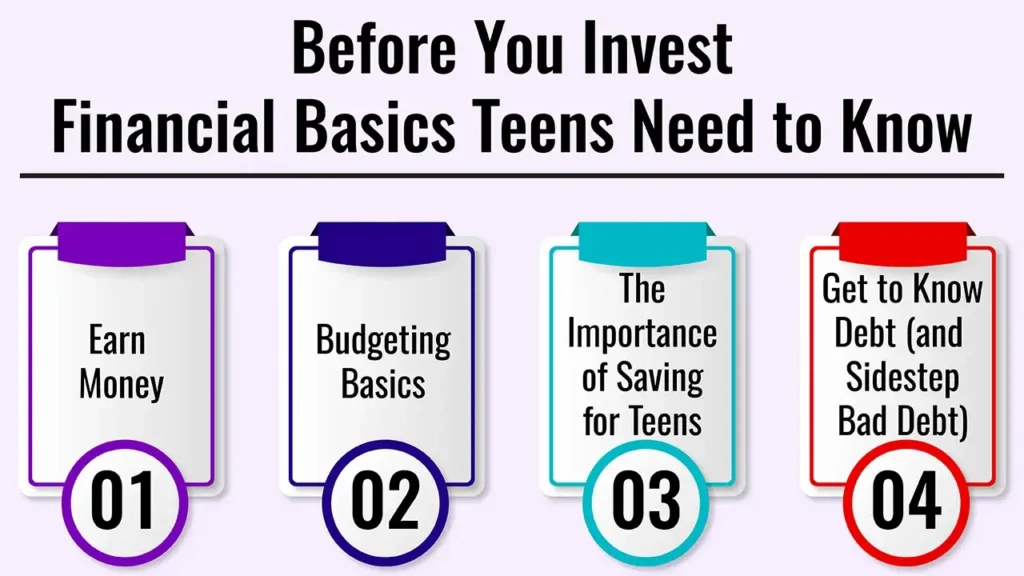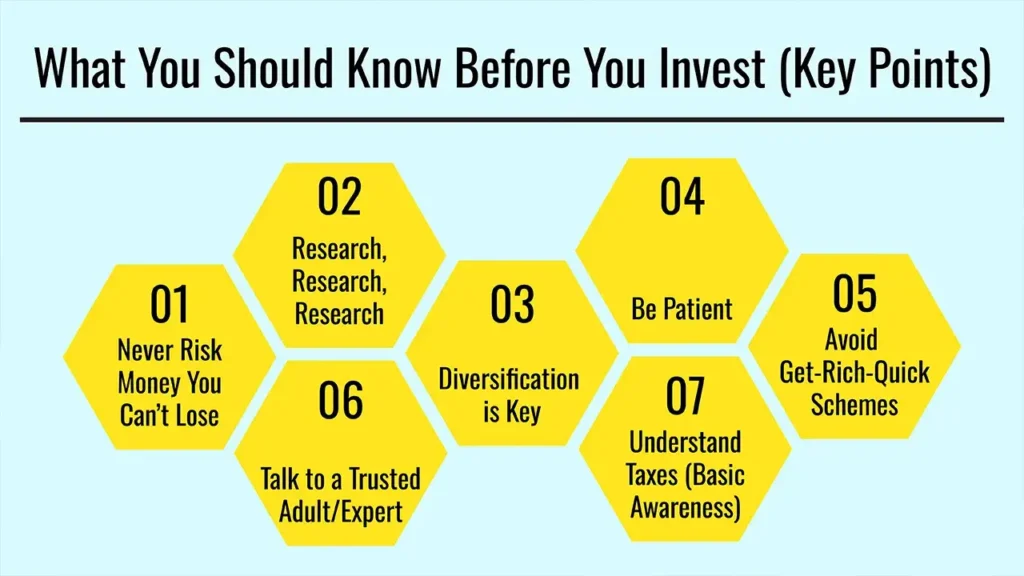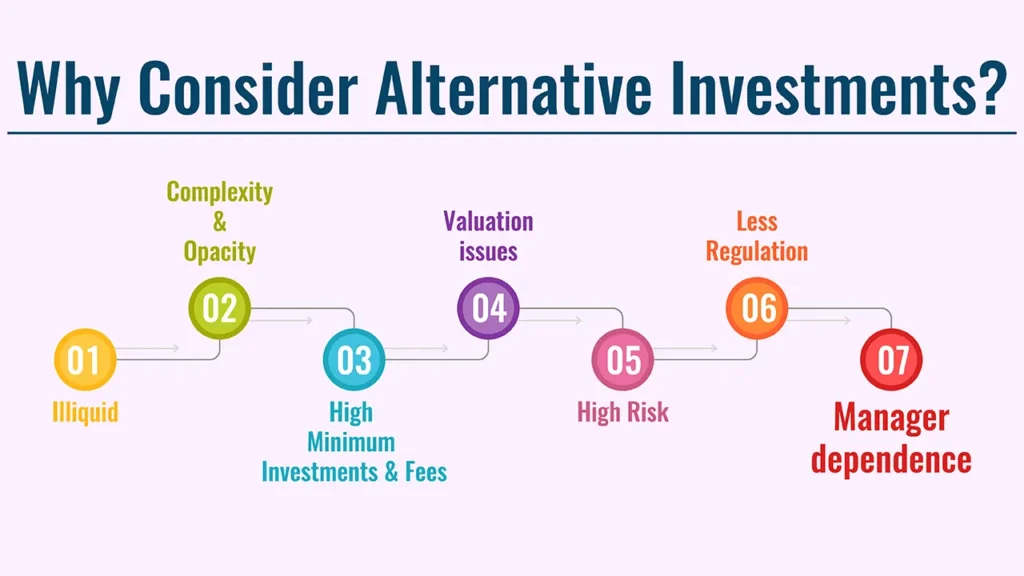Is inflation the silent assassin of your financial well-being? This generally means that as the value of money falls, a portfolio that once seemed to work just fine might start working less than perfectly.
Investors with a long-term investment horizon are not satisfied with just earning a positive return; they want to earn a real return that exceeds inflation. In this guide, we detail nine principal asset classes that have historically proven themselves as hedges to build a more sound and inflation-proof portfolio.
Explore effective strategies with 9 asset classes designed to shield your portfolio from inflation. Gain insights to enhance your financial resilience now.
How to Protect Your Portfolio: 9 Must-Know Asset Classes

1. Commodities
Commodities are raw materials of the global economy, like crude oil, natural gas, metals or agricultural products. And when inflation goes up, the prices of these raw materials typically go higher, and that pushes consumer prices too.
Commodities create a natural hedge against inflation since the prices of such an asset securitise the inflation that they instigate by investing in a generalised basket of commodities.
2. Real Estate
Real estate has always been a popular hedge against inflation, as it is a tangible asset. That is because a property’s value and the rents paid for its use generally keep pace with, or outpace, inflation.
This has a second-order effect in that it provides for a value store associated with the growth of the economy, as well as generates an income stream that can be sure to grow along inflation trends. Exposure: You can hold the properties directly or invest in REITs (Real Estate Investment Trusts).
3. Treasury Inflation-Protected Securities (TIPS)
Treasury Inflation-Protected Securities (TIPS) For a secure, government-backed hedge, take a look at TIPS. These are U.S. Treasury bonds with principal values that must be readjusted every six months to match movements in the rate of inflation (Consumer Price Index).
This will ensure that both the original principal you have invested as well as any interest payments you receive remain protected from inflationary erosion.
4. Gold
Gold is as safe a haven as it gets. Highly volatile periods of inflation or economic uncertainty often attract gold, seen as a traditional holding for wealth. It acts as a tangible alternative to money and has, in recent times, increased in value against falling faith in fiat currencies.
5. Stocks in Specific Sectors
Sector-Specific Stock Not all stocks are being affected by inflation similarly. Firms with “pricing power” — those that can raise prices without seeing much of a drop in demand — are especially well-placed.
Usually made up of companies from the energy, materials and consumer staples sectors, like those which build what we eat (food) and produce what we put in our cars or other assets that benefit regardless of economic conditions, as they have pricing power to pass rising costs on to consumers.
6. High-Dividend Stocks
Stable companies that have a long history of paying and raising their dividends could offer much-needed income when times are tough, like during inflation.
The stock price might go up and down, but a rising dividend is an inflation-adjusted benefit that helps preserve your purchasing power. Seek companies that are de-risked with a proven track record of returning CASH to shareholders.
7. Private Equity
While private equity is generally very hard for the individual investor to access, it can be a potent hedge. Inflationary pressures can have significant consequences, with private companies having more tools to deal with increasing prices and costs. Private assets such as infrastructure and credit can also be invested with an orientation to a rise in interest rates.
8. Inflation-Linked Bonds
These are bonds issued by various governments as well as corporations which have a mechanism to protect against inflation that is automatically built into them, like TIPS.
By linking their interest payments or principal value to an inflation gauge, they maintain the real purchasing power of your capital while protecting you against the opportunity cost of rising prices.
9. Leveraged Loans
Leveraged loans are loans to companies with low credit grades, and the rates of these debts are usually floating, i.e., resetting periodically. In a climate of inflation, central banks frequently hike rates in response, and higher interest payments on these loans are the result.
This offers a higher rate of return for investors and makes them an interesting hedge against rising rates.
Conclusion: Building a Resilient Portfolio
It is important to understand that the way you navigate an inflationary world where real assets have a long bias is not to bet on one of them but instead to have many in your diversified portfolio.
You can build a durable portfolio that is ready for different economic environments by incorporating real assets, TIPS, and strategic equity investments. Ultimately, you want to create a sustainable strategy that will insulate your portfolio from inflation and protect your wealth.
Frequently Asked Questions
1. What Does Inflation Ruin as an Investment?
What investments are most hurt by inflation? A: Generally speaking, the most egregious impact of inflation is on fixed returns over long periods, so long-term fixed-rate bonds (10+ years) and cash.
Overall, the rising value of that bond’s interest payments diminishes alongside the inflation-adjusted purchasing power of its fixed-rate cash over time.
2. Cash is King in Inflation, Right?
It is important to have cash for the short term and emergencies. However, inflation is the march to zero for cash over the long term as your purchasing power diminishes more and more each year!
As time goes by, your money gets less and less valuable. Hence, some form of cash is a necessary undesirable, just not good for long-term investing in times of inflation.
3. Nominal vs Real Returns?
The total return of an investment before inflation. Real return Real return is the final return after accounting for inflation.
So if you invest with an expected return of 5% for a year, and inflation is 3% during that year too, you made a nominal return of 5%, but your real output was only 2%. The only question is whether you achieve a positive real return.



